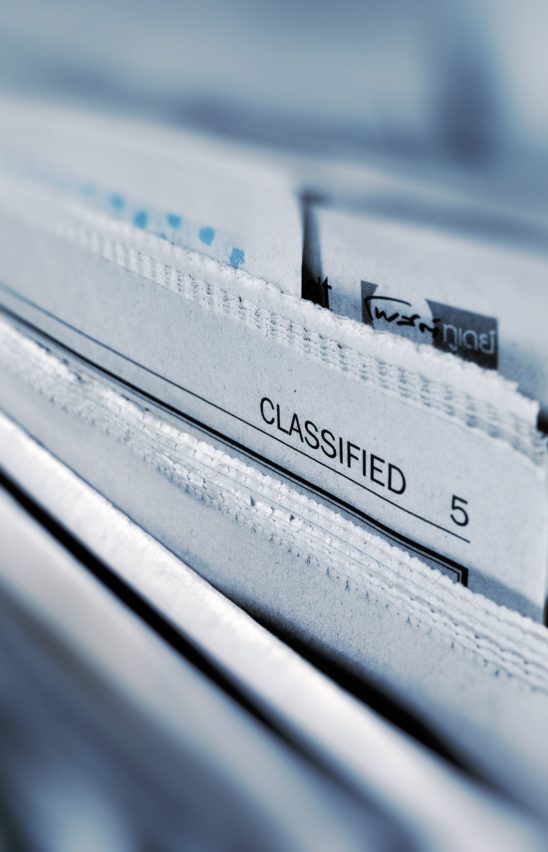
Our View on the Debates about Fact-Checking and Data Journalism
Since the advent and democratisation of Internet access, we have been witnessing two seemingly contradictory phenomena: on the one hand the availability of an increasing number of data enabling citizens to better inform themselves; on the other hand the diffusion and the ever faster and wider sharing of hoaxes, especially on social networks.
In a surge of optimism, one could have imagined that increasing access to sources and popular formats such as data-visualisation and computer graphics would mean the death of approximation, rumour or even disinformation…– data journalism and fact-checking becoming the rule in editorial offices.
But this idyllic vision is still far from being a reality, as exemplified by the last exchanges between Samuel Laurent (journalist of “Les Décodeurs” at Le Monde) and some of his peers on the peak of pollution in Paris. The genesis of this story (to be discovered in this Agence France Presse release): An “expert” wonders on Twitter, with a visual support: ‘Why no media speaks of the “elephant in the room” at the origin of this pollution: German coal-fired power plants?’ – thus rejecting the fault of pollution within the French capital over our neighbours and friends across the Rhine. His tweet is shared nearly 2000 times. Verification made by France Info, and then Le Monde in two articles (here, then here), the argument does not hold. A few days after this episode and following “heated” debates on social networks, Samuel Laurent publishes an illuminating and somewhat disillusioned article on the possibility of unravelling the truth from the false on social networks: “How Facts Die: Autopsy of the Spread of a Hoax”.
Notably, journalists from the general information press (including Stéphane Soumier, managing editor at BFM Business) have shared the environmental “expert’s” theories on Twitter and seized this opportunity to criticise fact-checking, its “sanctimonious” character and the confreres who rely on this method.
This debate between journalists sheds light on the need for crossing sources in a world of quick reading, digitisation of information and data profusion. How can we ensure that what we read is verified and contextualised? If we now have access to an infinite amount of data through our smartphones, a few clicks are needed to verify an affirmation or an announcement, a time-consuming exercise that we do not always apply.
If data verification and contextualisation is a positive practice, it should encourage politicians, institutions, companies and journalists to be more rigorous, coherent and precise today than ever. Because the Internet does not forget.
Fact-checking can and should also be used by all stakeholders in public debate, such as professional organisations (e.g. this is what the LEEM – the organisation representing French pharmaceutical companies – does through a dedicated website), or communities (e.g. what the city of Nice has done more recently to question a hostile investigation program).
Lastly, it is worth noting that disinformation has become a major concern for the first social network, Facebook. In mid-December, it announced the implementation of an integrated tool which will rely on users as well as on a partnership with independent fact-checkers to alert Internet users when “hoaxes” are shared on their wall via a warning message.
To get a good start in this New Year, here are some of the main fact-checking and data-visualisation pages that can be easily consulted.
SOME FACT-CHECKING REFERENCES IN FRANCE:
Newspapers:
- Les Décodeurs, Le Monde
- Désintox, Libération
- Les Pinocchios de l’Obs, Le Nouvel Observateur
- Le Scan politique du Figaro, Lefigaro.fr
- Détecteur de mensonges, Journal du Dimanche and Jdd.fr
Radio broadcasts:
- Les observateurs, France 24
- Le vrai du faux, France info
Blogs:
- Acrimed.org
- Le démonte rumeur, Rue89
SOME FACT-CHECKING REFERENCES IN THE US AND THE UK
Newspapers:
- Reality Check, The Guardian
- Fact Checker, The Washington Post
Blogs:
